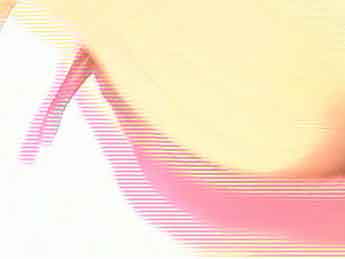

Setting the Sensitivity to 100 interpolates all pixels. White causes interpolation and black passes the original pixel through unchanged.

Motion Sensitivity sets the threshold between black and white on the motion detector or mask. Set the Input Field Order menu to match your footage. Setting the Operation menu to 29.97i -> 23.976p causes the filter to use the first input field for output frames 1 and 2 and the second input field for output frames 3 and 4 (in the cycle of 4). This is an exact 5:4 ratio, causing one frame from every 5 input frames to be discarded. Note: AE users can convert NTSC video at 29.978i to progressive frames by placing it into a composition set to 23.976 fps. The pulldown pattern is set in the Pulldown menu.Ģ9.97i – 23.976p creates film-rate progressive-scan frames from interlaced NTSC video. The filter chooses the best 24 fields out of the 60 in each second of video and discards the rest. The filter chooses the fields in the original video that are closest in time to where the 24fps frames would be, deinterlaces them, and then assembles them in the chosen pulldown pattern. Use Simulate Pulldown with NTSC video clips to simulate the effect of 3:2 pulldown when film is converted to NTSC video. Note: PAL input at 25i can be converted to progressive-frames by setting the Operation menu to Only Deinterlace and reinterpreting the results as 24 fps. This option helps to remove video combing artifacts. Only DeInterlace converts interlaced video clips to progressive-scan frames without changing the frame rate. White indicates interpolation and black indicates that the original pixel is unchanged. The unmasked areas in this view are unaffected by the filter. Moving areas in the image cause interlace artifacts, thus viewing the Motion Mask allows you to see where the interlace artifacts will be removed by interpolation. View Motion Mask displays the motion in the clip as a black and white mask. The Operation menu determines which type of interpolation the filter performs. It provides several variations on basic split-screen views with the filtered clip placed next to the unedited original.įor more information on the Compare Mode, Click Here. The BCC Compare Mode provides a convenient mechanism to compare the effect result with the original source layer. You can use the Motion Sensitivity and Motion Filter Size parameters to fine-tune this mask.

A motion mask is used to determine where the second field is interpolated. The second field is synthesized by interpolating the first field wherever the effect would otherwise show motion artifacts as combing or teeth. Frame Blending should not be enabled.ĭeinterlacing leaves the first or earlier input field (the lower field for DV) unmodified. Output rendering must be done with Field Render set to Off as well. Important Note for AE Users: Clips run through this filter must have Separate Fields set to Off in the Interpret Footage dialog. BCC Deinterlace works most effectively with the original, unprocessed pixels. Note: If you are combining the BCC Deinterlace filter with other film filters (BCC Film Damage, BCC Film Grain, BCC Film Process or BCC Match Grain), you should apply BCC Deinterlace first.
Deinterlace lightcapture plus#
FunctionīCC filters come with a library of factory installed presets plus the ability to create your own custom presets and preview them with the BCC FX Browser™.īCC filters also include common controls that configure global effect preferences and other host-specific effect settings.įor more information about working with presets and other common controls, Click Here. This filter can also convert 29.97fps NTSC video into 24fps film-style frames. Deinterlace can render “simulated TeleCine” style by adding pulldown. The BCC Deinterlace filter converts interlaced video clips into progressive-scan frames, such as footage shot on film.


 0 kommentar(er)
0 kommentar(er)
